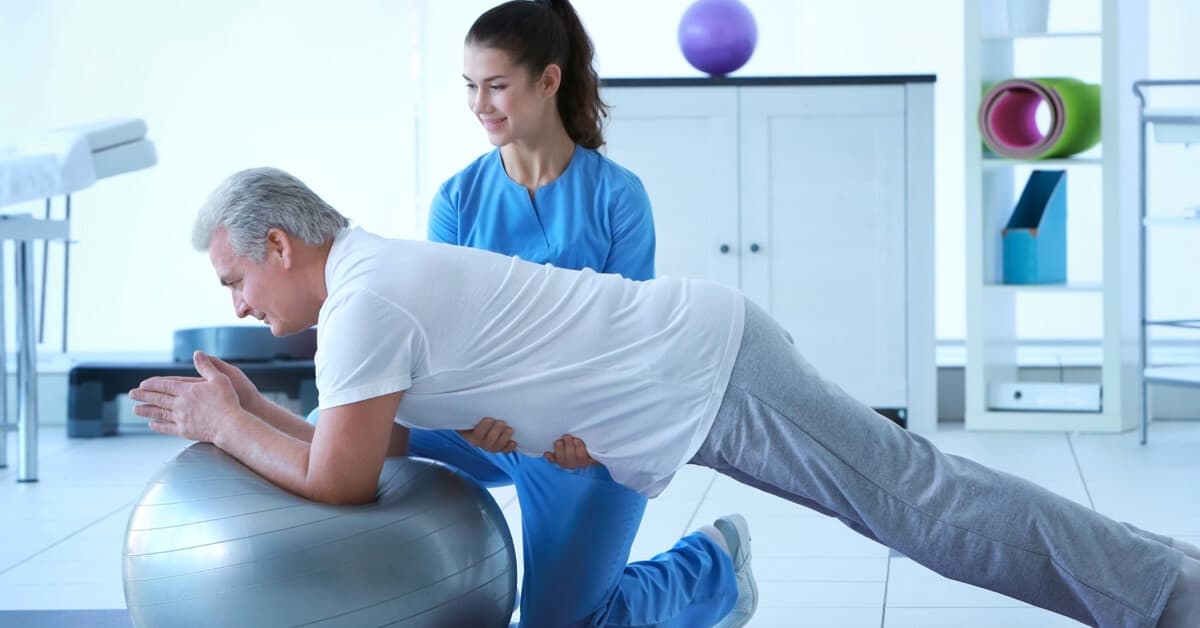What is Clinical Pilates?
The basis of the Pilates method is the combination of mind and body from ancient Greek philosophy. Pilates is based on the combination of the mind-body-spirit theories of the east with the biomechanical, motor learning and core stabilization theories of the West. Pilates exercises, which require mental effort and are performed at a controlled pace, focus on the activation of specific muscles, the quality of the movement, stability and control of the movement.
It has been included in rehabilitation programs, especially in recent years.
It is applied to prevent or treat and support disorders that may occur in the musculoskeletal system.
What are the Pilates Principles and Their Importance?
Although Joseph Pilates did not write principles specifically for his method, there are principles that are accepted as the basis of the system.
Respiratory; It can be shown as the structure of the body, mind, and soul, as Joseph Pilates recognized.
Concentration; Concentrate on the posture of the body and the correct posture and condition of the exercise. During the session, mental concentration is achieved.
Center; Each person’s own personal center of gravity is structured differently. Where the center of gravity clearly lies affects how the exercise feels and will be difficult or easy to achieve. The center also means the infinite energy balance that it derives from all movements.
Control; Control is considered as the execution order of the act made. A high level of control; Often fewer and smaller mistakes lead to exact alignment, better coordination, better balance, and the ability to exercise more than one attempt, less effort and avoiding unnecessary muscle strain.
Precision; Precision Pilates distinguishes it from many other exercise systems. Strictness is defined as the way in which movement is fully practiced.
Smooth Movement; It is defined as performing the movement smoothly without interruption. Fluent movement requires a deep understanding of the movement and the precise cooperation of muscle movement and proper timing.

What are the Benefits of Pilates Exercises?
Pilates exercises can strengthen muscles, increase flexibility and endurance, improve balance, improve and correct posture.
With the right breathing techniques, blood circulation is supported, thus providing positive effects on mood.
What are the Features of Pilates Exercises?
Pilates consists of multiple muscle synergies, including isometric, eccentric and concentric muscle contraction. Lumbopelvic stabilization emphasizes stability, segmental mobilization of the spine, shoulder, elbow, hip, knee, ankle mobilization and stability, coordination and balance.
For Which Discomfort Can Pilates Be Used?
It has been modified for use on individuals of all ages, after pregnancy or trauma, but also on elite athletes and dancers. It can be used for initial level reinforcement in rehabilitation programs.
Pilates exercises can be used in cases of chronic pain, scoliosis treatment, osteoarthritis (calcification) treatment, fibromyalgia (soft tissue rheumatism), osteoporosis (bone resorption). Mobility in hospitalized patients, activity development in gymnasts and flexibility are beneficial.
How to Plan Pilates Exercises?
In the reformer Pilates, springs and pulleys of different resistances are used. Exercises are done by using hoops, balls and roles in met exercises. Individualized planning can be made. Generally, it is planned 2-3 days a week for 45 minutes.
